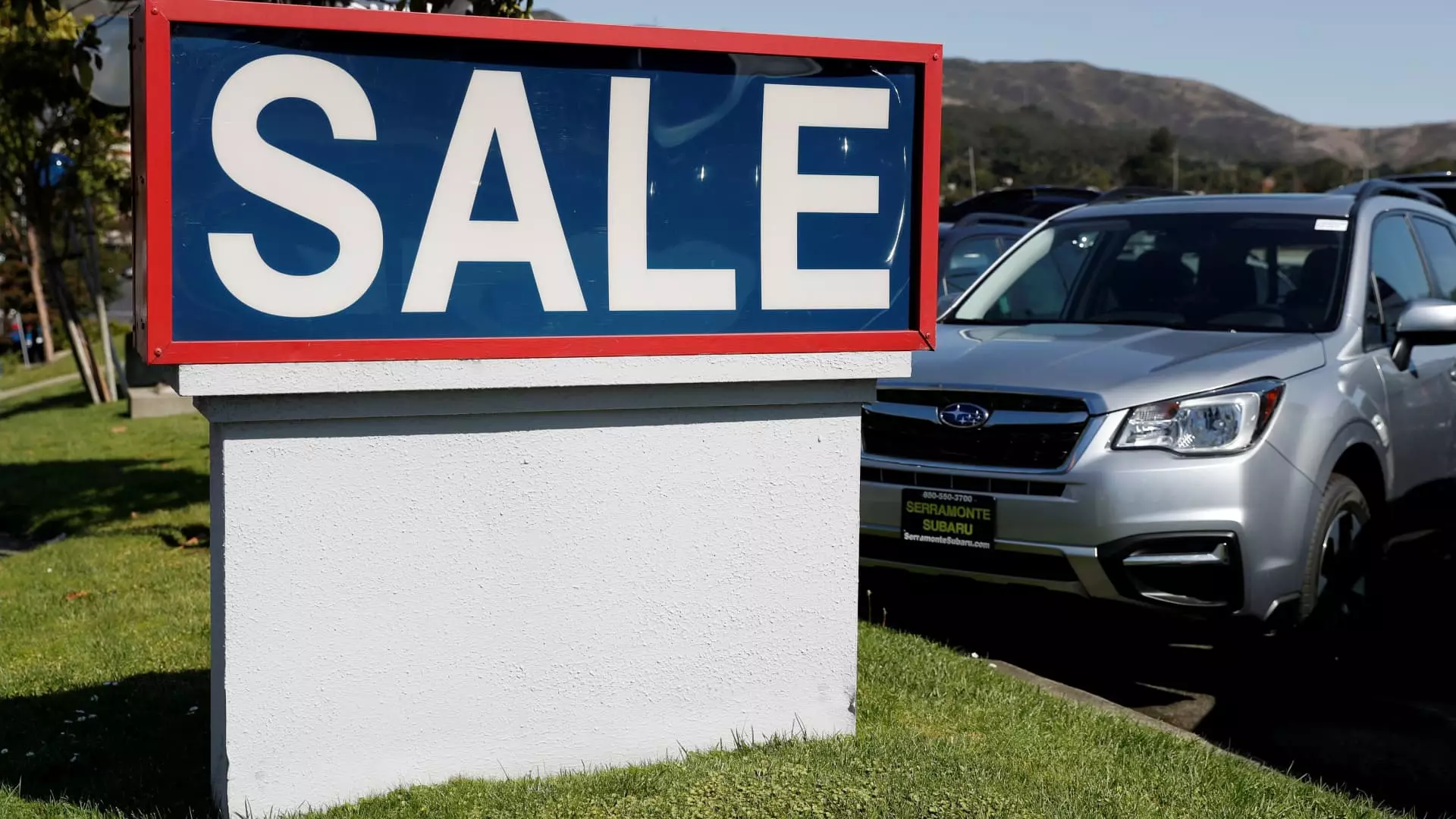The automotive industry is experiencing a significant shift as we approach 2025, marked by predictions of a surge in new vehicle sales. After several challenging years impacted by various economic and global events, analysts anticipate a return to levels not witnessed since before the pandemic. Factors such as lower interest rates, increased vehicle availability, and enhancing buyer affordability are fueling this anticipated growth. Let’s dive deeper into what this means for consumers and the industry.
According to reports from industry analysts, the U.S. market may see new light-duty vehicle sales reaching approximately 16.3 million units in 2025. This projection slightly exceeds earlier estimates from other firms, indicating a broader consensus of recovery for the automotive sector. Sales figures are set to rise from the current forecasts of around 15.9 million to 16 million in 2024, indicative of stabilization and gradual recovery from the downturn caused by the COVID-19 pandemic.
The expected growth represents a modest increase, around 2.5%, compared to previous years. This projected sales growth can be attributed to several factors: the normalization of vehicle inventories, attractive incentives from manufacturers, and more favorable financing options. As Jessica Caldwell, head of insights at Edmunds, pointed out, the marketplace feels somewhat improved for car buyers relative to the beginning of this year, illuminating the gradual progress being made in the industry.
One critical area of growth lies within the entry-level vehicle segment. After enduring years of inflated prices, consumers are increasingly seeking more affordable options. The average transaction price for new vehicles saw a slight decrease to $47,465 in 2024, down from $47,851 in 2023 but still significantly higher than pre-pandemic prices. This indicates that while prices remain elevated, there is a slow shift toward attainable vehicle pricing for everyday consumers.
Additionally, electrified vehicles, which encompass hybrids, plug-in models, and all-electric cars, are becoming a formidable market force. Projections indicate nearly 1.3 million units of all-electric vehicles will be sold in the U.S. in 2024, capturing approximately 8% of the market share. Despite a slight decrease in the expected market share of industry leader Tesla, competitors are managing to take significant share from them, indicating increased consumer interest in a broader range of electric options. As companies like General Motors increase their market presence, the automotive landscape will become increasingly competitive.
Analyzing factors that could impact these sales projections reveals potential vulnerabilities. Much of the anticipated growth hinges on existing federal consumer incentives for electric vehicle purchases, which can encourage buyers to opt for greener alternatives. There are concerns, however, regarding the proposed elimination of the $7,500 credit for electric autos under a new administration. Should this locomotion of financial support come to a halt, the momentum currently driving electrified vehicle sales may weaken.
Additionally, potential tariffs on imported vehicles from Canada and Mexico pose another risk. If these tariffs were implemented as threatened, they could significantly disrupt supply chains and raise consumer prices, thereby affecting overall market stability. Analysts warn that regulatory shifts may lead to an erratic market environment unless well anticipated.
It’s crucial to consider that while rising vehicle sales seem promising, they could counterintuitively affect automaker profitability. Analysts from Wells Fargo suggest that the anticipated increase in sales won’t necessarily equate to stronger earnings for car manufacturers. With inventory levels rising and competition increasing, the pricing power for automakers may shrink, leading to elevated incentives that could impact profitability.
As we navigate the transition towards increased vehicle sales and shifting consumer preferences, the industry must balance growth with the need for sustainable practices. This involves maintaining consumer trust through affordability while also adapting to an obsessed demand for electrification.
The automotive landscape is on the verge of transformation. While the forecast for 2025 is promising, filled with potential sales growth and evolving consumer demands, industry stakeholders must remain alert to the myriad challenges that may arise. By fostering a market environment that addresses these variables, the U.S. automotive industry can position itself for a robust recovery and sustainable growth in the coming years.

